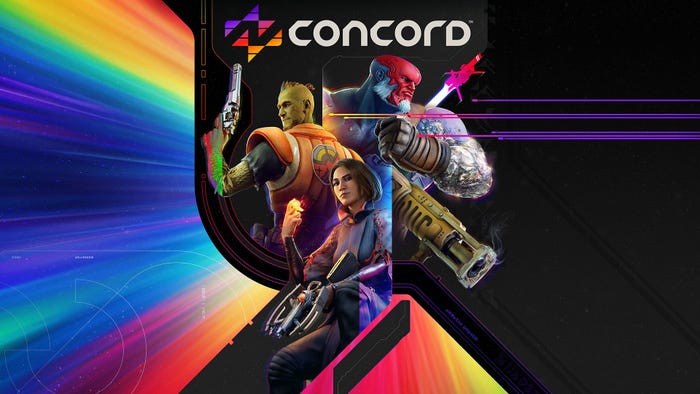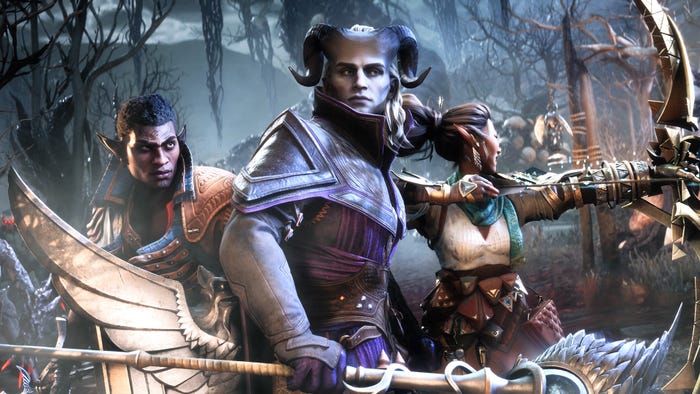Buser: PlayStation Home Model Is 'Quite Profitable'
PlayStation Home director Jack Buser tells Gamasutra that "every mature virtual item we have ever created has been profitable," adding that the service is something the industry "is still wrapping its head around."

Some gamers and members of the press treat Sony's PlayStation Home service for the PlayStation 3 as sort of an oddball among other online gaming-related activities. Here's a service born out of the virtual world craze that implements microtransactions, and serves as a marketing tool for consumer products. And your 3D avatar has to walk around a lot. Recently, an employee with Veemee, developer of the Home space London Pub, even found it necessary to reportedly say that Home is "not shit" during the Game in Scotland event earlier this year -- apparently he felt that enough people thought Home was shit to warrant such a comment. PlayStation Home director Jack Buser acknowledges the skepticism and criticism that the service has garnered since its December 2008 beta launch. But he thinks there's an explanation for it. "Home is new. We're doing a lot of really new stuff that I think the industry is still wrapping its head around," he said. "We're seeing a lot of innovation in the space, and some of us have hit success." He added: "And I think it takes some time as the industry as a whole, whether that be consumers or whether that be the media, to start to shift their focus to these new types of platforms and see how people are actually spending their time with the console and with gaming in general. I think we are part of that evolution, part of that conversation." "...The proof is in the pudding," Buser concluded. "With numbers like we have, it goes without saying that Home has been a huge success for our company, something that we have been very proud of." Buser can rattle off the latest Home numbers on command: Over 100 games on the service; average user session of 70 minutes; over 50 virtual Home spaces; 85 percent of Home users at any given time have been there before; and 14 million users (defined as anyone who has ever downloaded the client and come into Home). With limited context, those numbers would indicate a healthy Home business. The most interesting numbers -- those relating to the Home business' sales and profits -- aren't for public consumption, however. "We haven't talked too much about the platform itself, but what we have said is that every mature virtual item we have ever created has been profitable," Buser said. "We've released over 5,000 virtual items on the platform, and we know that once those items reach maturity, they are profitable. So you see us creating a tremendous amount of virtual items, because it is such a high margin business for us to be in." It's natural that Home would have higher profit margins compared to Sony's bread-and-butter packaged video game business. It costs a lot less to create a virtual item and deliver it digitally than it does an expensive, full physical product found at brick-and-mortar retail. The craze over virtual items originated on online PCs in Asia, where it became commonplace to buy, for example, clothing for an avatar for a few cents per piece via a social network. Now that Facebook has opened up social gaming, microtransactions have taken hold in the West with games like FarmVille and Pet Society. Avid console gamers -- like the ones that Buser said PlayStation Home caters to today -- aren't known for their penchant for paid virtual garments. Buser said that's changing, and that U.S. console gamers are "absolutely not" resistant to the microtransaction business model. "In fact, I would say that it is a very good business model for PlayStation, and quite profitable, I might add," Buser said. "I like to say it's one of the highest-margin businesses in the games industry." And with the advent of DLC and other means of developers selling their products more directly to consumers, gamers are becoming conditioned to new ways to buy and experience games. "I think today the idea of virtual items transactions is becoming par for the course for a lot of gamers," said Buser. "They're understanding that through micropayments, they can gain social context and social capital, or they can through gameplay context, upgrade their gameplay experience through microtransactions. And that's just becoming part of gaming." What Sony is doing now is trying to make Home increasingly relevant to the more traditional gamer -- the one that's playing games like SOCOM, Red Dead Redemption and BioShock. Part of the growth strategy for Home is what Buser calls "Total Game Integration." This is where in-game activity might unlock virtual Home items, as seen in the PS3 version of Red Dead Redemption, or the opposite, when activity in Home unlocks features or items in games. "We'll also see games build out extensions to narrative, such as what you saw in BioShock 2," he said. "It's this whole idea of expanding the world of your favorite games inside home. That's another big pillar of our strategy moving forward." Buser wants to continue evolve Home from a a virtual hangout for 3D avatars to a social network that really appeals to gamers. After all, PlayStation is supposed to be about gaming, not wandering around aimlessly in a rendered world. "Our heritage is games, it's in our DNA, but it's also in the DNA of our users,' said Buser. "Games are the glue that can bind the social network together."
Read more about:
2010About the Author
You May Also Like








.png?width=700&auto=webp&quality=80&disable=upscale)
.png?width=700&auto=webp&quality=80&disable=upscale)